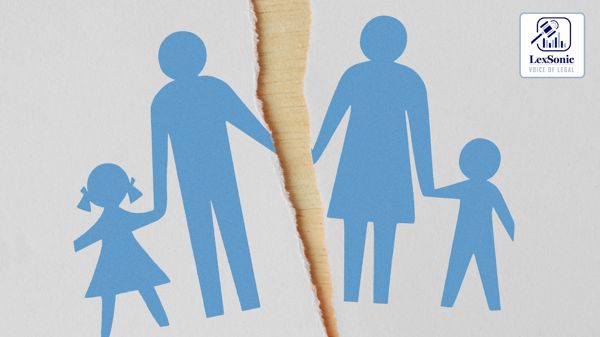Legal Precedent on Waiving Cooling-Off Period in Divorce Proceedings.
25 July 2024
Dealing with Divorce >> Divorce Laws in India
A recent ruling by a higher court in the matter of Sneha Akshay Garg & Another v/s Nil underscores the evolving judicial approach towards divorce proceedings under the Hindu Marriage Act, particularly concerning the waiver of the statutory cooling-off period. This decision offers critical insights for individuals seeking expedited resolutions to their marital disputes.
Case Background:
The case revolves around a couple who married on July 18, 2021, but faced irreconcilable differences, leading to their separation on October 10, 2022. Despite efforts at reconciliation facilitated by friends and family, the couple ultimately decided to pursue a mutual divorce. On March 13, 2024, they filed for divorce by mutual consent in the Family Court in Pune, accompanied by an application to waive the mandatory six-month cooling-off period specified under Section 13-B of the Hindu Marriage Act, 1955. On June 4, 2024, the Family Court rejected their application, citing insufficient grounds to waive the waiting period, prompting the couple to seek relief from the higher court.

Legal Arguments:
The petitioners’ counsel argued that the Family Court’s decision lacked adequate reasoning and did not align with established legal principles. They referenced the Supreme Court's landmark judgment in Amardeep Singh vs. Harveen Kaur, which established guidelines for waiving the statutory period. This ruling emphasizes that courts should consider several factors, such as the length of separation, failed reconciliation attempts, and the absence of any pending issues between the parties. The petitioners contended that their situation mirrored previous cases where similar waivers were granted, reinforcing the argument for expediting their divorce.
Judicial Observations:
Upon reviewing the case, the higher court noted that the petitioners had been living separately for over 22 months and had engaged in meaningful discussions regarding their future. Both parties confirmed their inability to reconcile, emphasizing that the ongoing litigation was causing them significant mental distress. The court recognized that the statutory waiting period is intended as a protective measure to prevent hasty decisions when reconciliation is possible. However, it also acknowledged the necessity of adapting these measures in light of the contemporary social landscape, where marital dissolution may be more prevalent.
Decision:
In a decisive ruling, the court granted the waiver of the six-month cooling-off period, citing the absence of any possibility for reconciliation and the couple’s mutual agreement on alimony. The court ordered the immediate dissolution of their marriage, effectively quashing the Family Court's earlier order.
Conclusion:
This ruling highlights a significant shift in judicial attitudes toward divorce proceedings, favoring a more pragmatic and compassionate approach. It illustrates the court's willingness to recognize the realities of modern relationships and prioritize the well-being of individuals navigating the challenges of marital dissolution. As societal norms continue to evolve, such decisions may pave the way for more streamlined processes in family law.
HINDU MARRIAGE ACT, 1955 Family Courts Act, 1984
